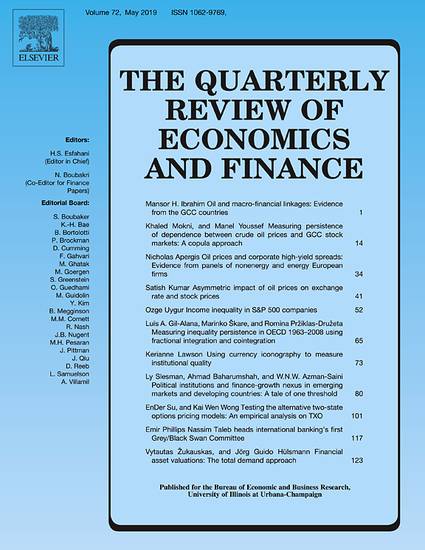
Article
Monetary policy deviations: A Bayesian state-space analysis
The Quarterly Review of Economics and Finance
(2017)
Abstract
The following paper contributes to a growing body of literature examining the degree to which monetary policy deviates from a systematic rule. We extend an error correction model of the Fed's reaction function by Judd and Rudebusch (1998) by endogenizing the unobserved inflation target in a model that nests the constant target model as a special case. The model is iteratively updated using a Kalman filter and estimated using Bayesian methods. The draws from the posterior distribution are used to estimate a distribution of Taylor rules with which to compare observed policy and more appropriately estimate deviations. This approach more accurately represents the parameter space given our data. Estimates imply a significant deviation in Fed policy over the years preceding the housing market decline. Restricted model variations imply no evidence of strict inflation targeting, but strict output gap targeting behavior cannot be ruled out over the Burns and Volcker tenure.
Keywords
- Interest rate,
- Policy deviations,
- Taylor rule,
- Bayesian estimation,
- Time varying inflation target
Disciplines
Publication Date
2017
DOI
10.1016/j.qref.2016.04.015
Citation Information
Patrick Scott. "Monetary policy deviations: A Bayesian state-space analysis" The Quarterly Review of Economics and Finance Vol. 63 (2017) p. 1 - 12 Available at: http://works.bepress.com/c-patrick-scott/5/
